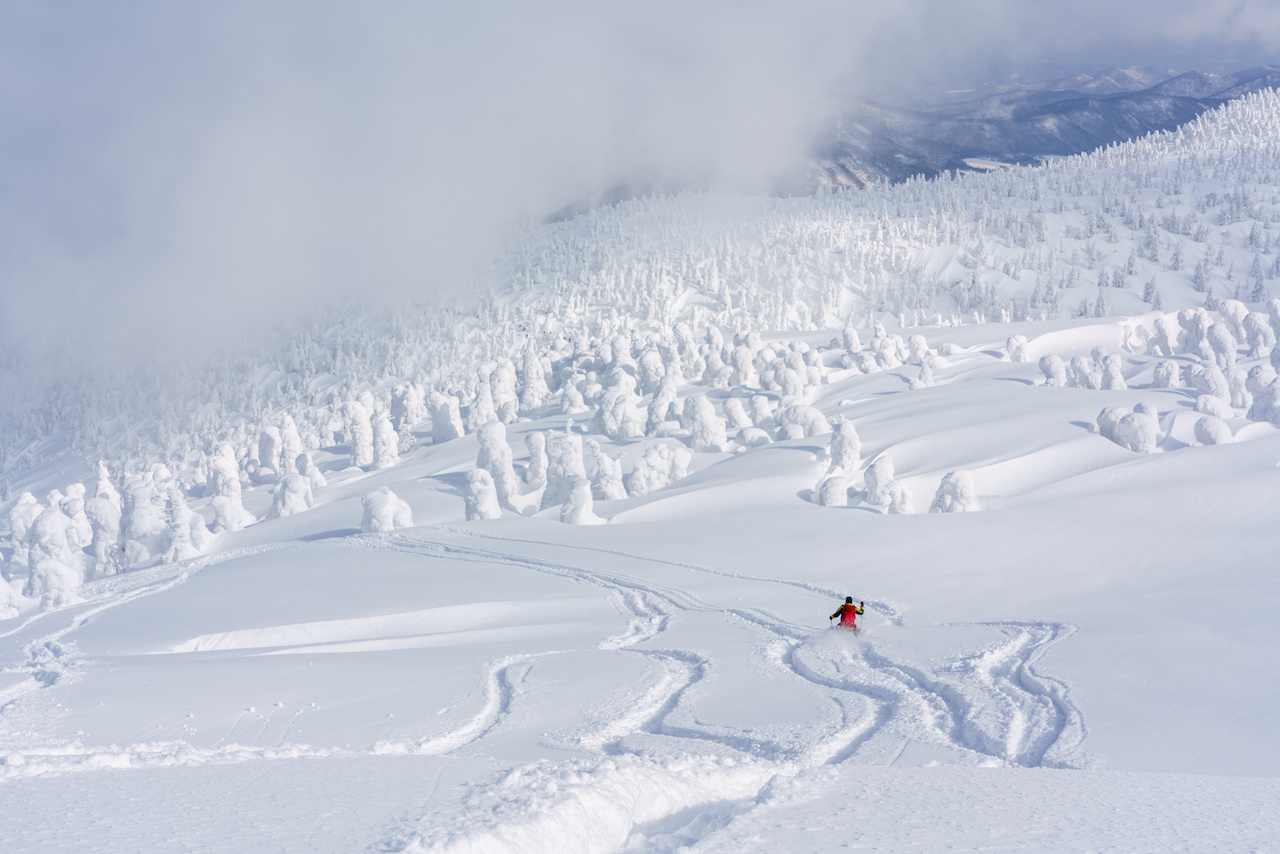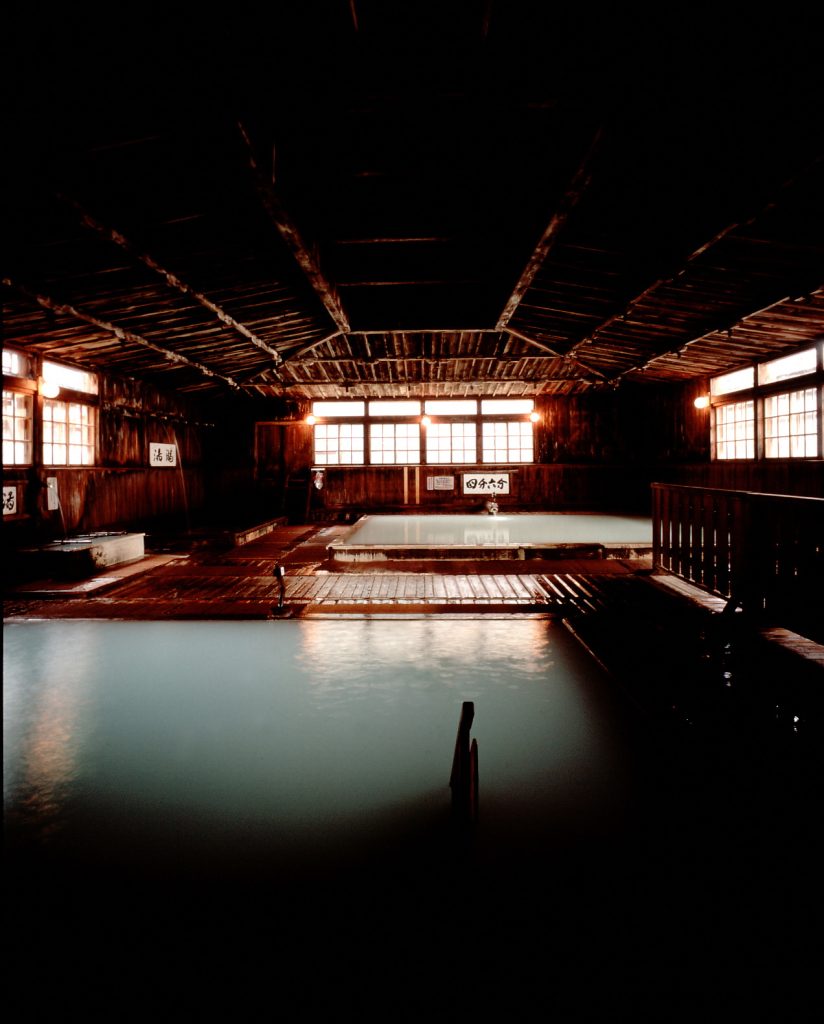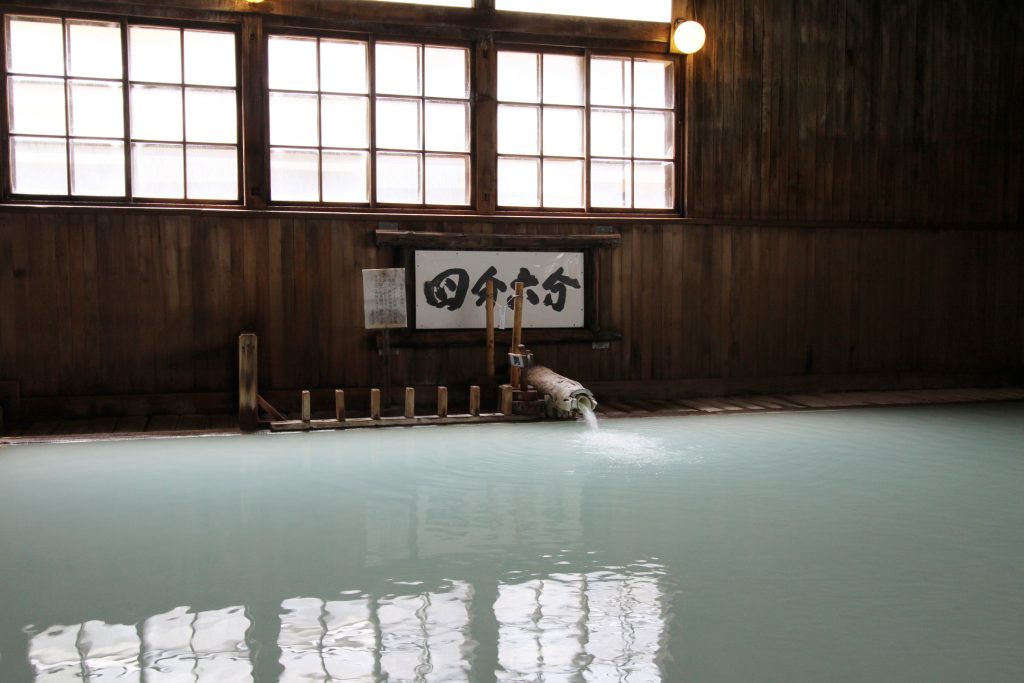With the Japanese borders officially open for visa-free, independent tourism, it’s time to start planning where your next ski adventure might take you – and you’ll be wanting somewhere a little off the beaten track to make the most of all that Japow.
Hakkoda is your answer.
A less traditional resort powder haven for those who love Japow free-riding and there’s plenty of room here for everyone – all you need to do is remember those fat skis and powder snowboards, because you’ll be needing them.
Here are seven reasons to ski and snowboard one of the most unique ski areas in Japan.
1. It’s easy to get there
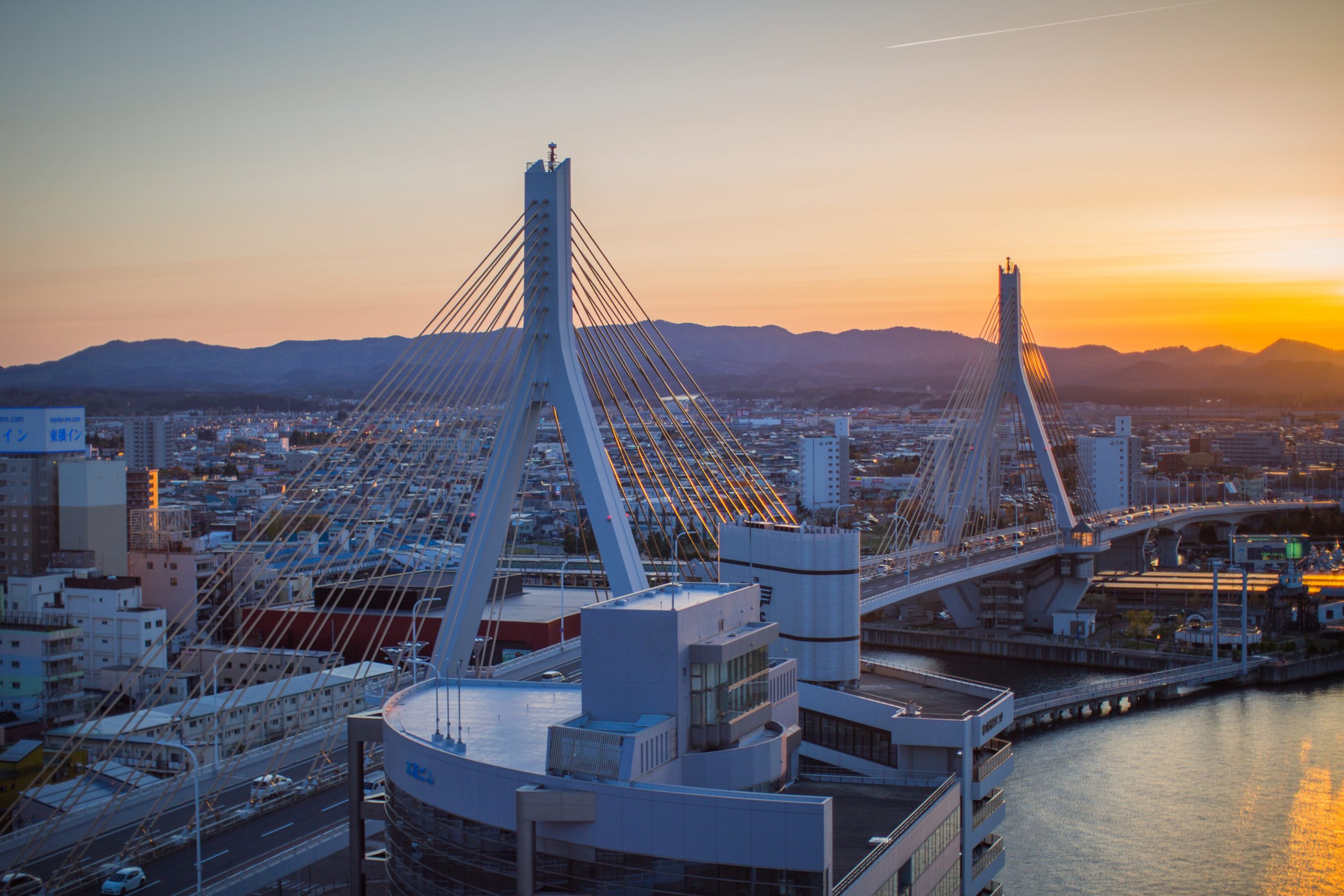
Hakkoda is nestled in Aomori Prefecture, up the very top of the island of Honshu. From Tokyo, you can jump on the Shinkansen (bullet train) to Shin-Aomori Station, which takes a little over 3 hours. Or you can fly, with the flight time up to Aomori Airport being just over an hour.
Once you’ve landed in Aomori City, jump on a JR Bus from Shin-Aomori Station headed for Sukayu Onsen, and get off at Ropeway-eki-mae, which is right in front of Hakkoda Ropeway – the bus will take about 80 minutes.
If you’re travelling from elsewhere in Japan – from Hokkaido, for example, to warm up your legs in another resort before you take on the slopes of Hakkoda – the Aomori Tourism website has a clever map here which will map out your journey from other gateway destinations.
2. Options for everyone
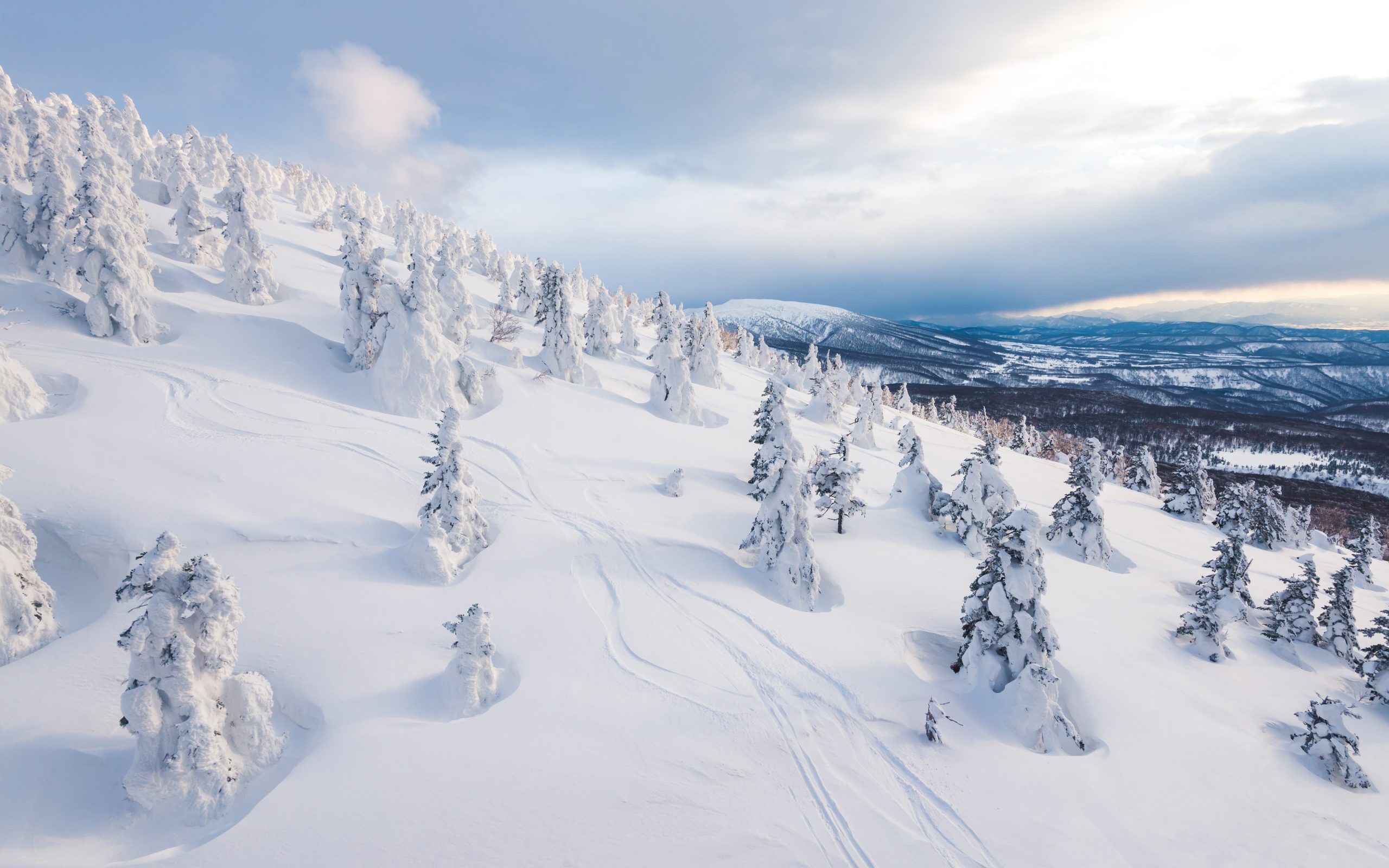
Hakkoda’s average snow base is an impressive 4+ metres each year and, with runs as long as 7km that stay true to the mountain’s natural form, you’ll be able to challenge the mountain as is, along with its natural elements.
Not quite ready for a hardcore challenge? No worries – Hakkoda has trails geared towards intermediate skiers and snowboarders. The Forest Course and Direct Course are the most popular, with ungroomed runs that stay true to the original form of the mountain – only the trees have been cleared from the course.
This does come with its dangers – the area has a risk of avalanches and it can be hazardous to navigate, especially in inclement weather. It’s recommended that you hire a guide to get comfortable with the area and all the terrain there is to discover.
Speaking of terrain…
3. Seemingly endless terrain
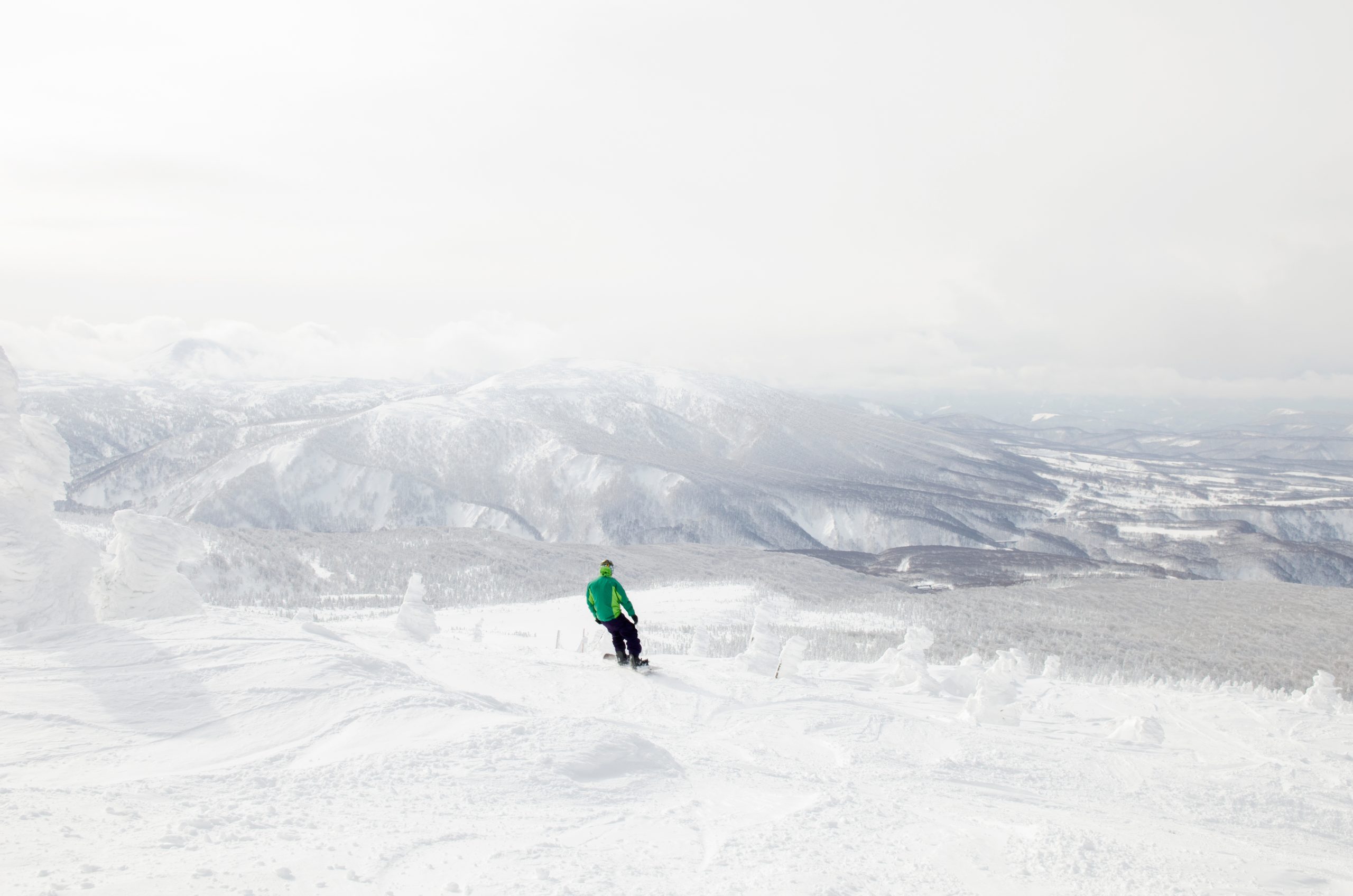
Hakkoda only has a couple of lifts, one of them being a 101-person ropeway. The 15-minute ride will take you to the very top of the 1324m-high peak of Mt Tamoyachidake, from where you can choose your own adventure – take one of the runs down or explore the many acres of skiable terrain underneath the ropeway.
All up, you can ski up to seven kilometres on a single run, with 650m of vertical. Often, you’ll have the perk of having much of that terrain all to yourself.
Don’t be fooled by all the backcountry-style terrain to be discovered; there’s plenty to suit even beginners or first timers, including tours where a guide will meet you with a vehicle at the bottom and save you the energy of a hike.
4. Great places to rest your head
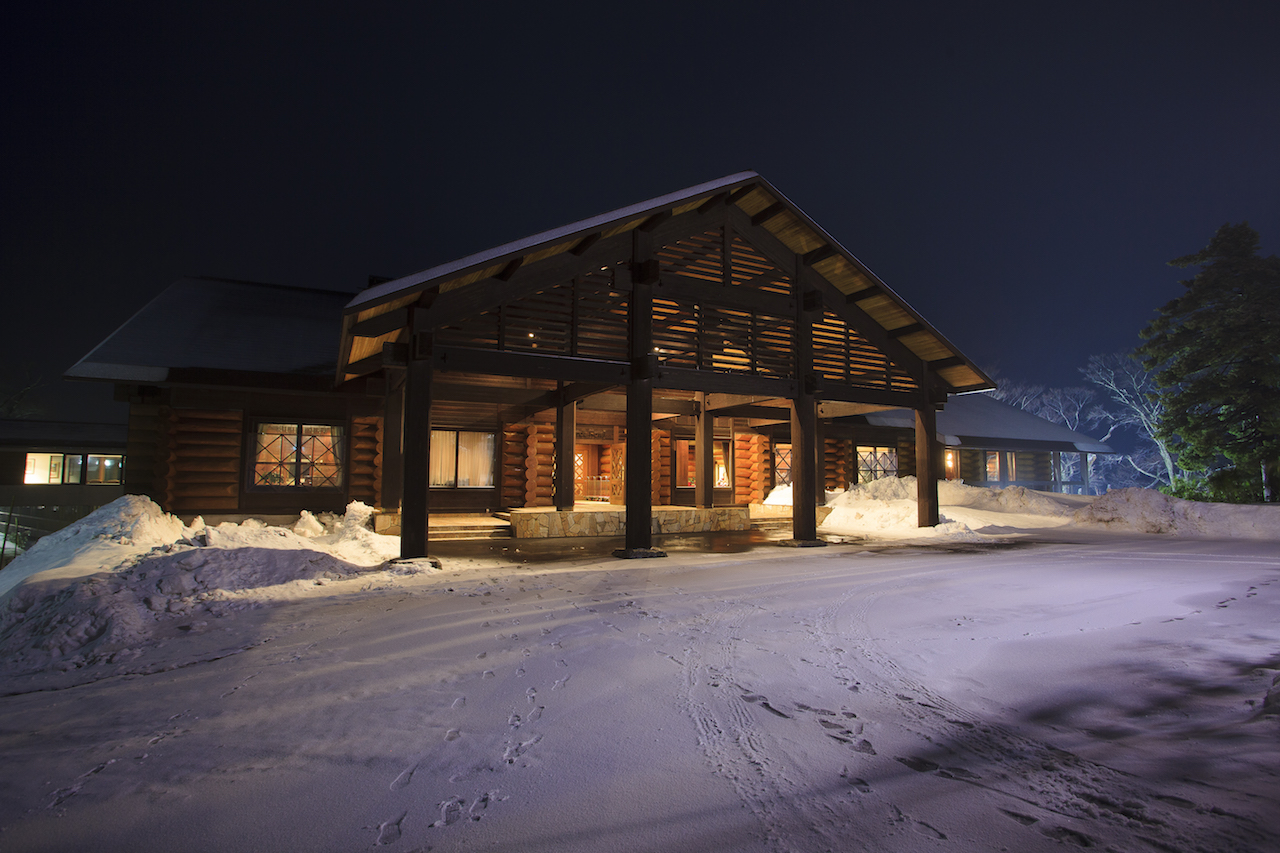
Hakkoda is authentic Japan. The ski resort is just that, a ski area dedicated to big powder, so be prepared to sleep well at night. You can stay the night in one of the hotels close to the resort. Choose from the Hakkoda Resort Hotel, located at the base of the resort; or Hakkoda Hotel, which is just a five-minute shuttle ride down the road.
Each have a variety of rooms available, along with a restaurant to get a hearty breakfast before you head out on the slopes, or dinner when you get back from a big day. Plus in-house onsens to rest your weary legs, of course.
5. The snow monsters
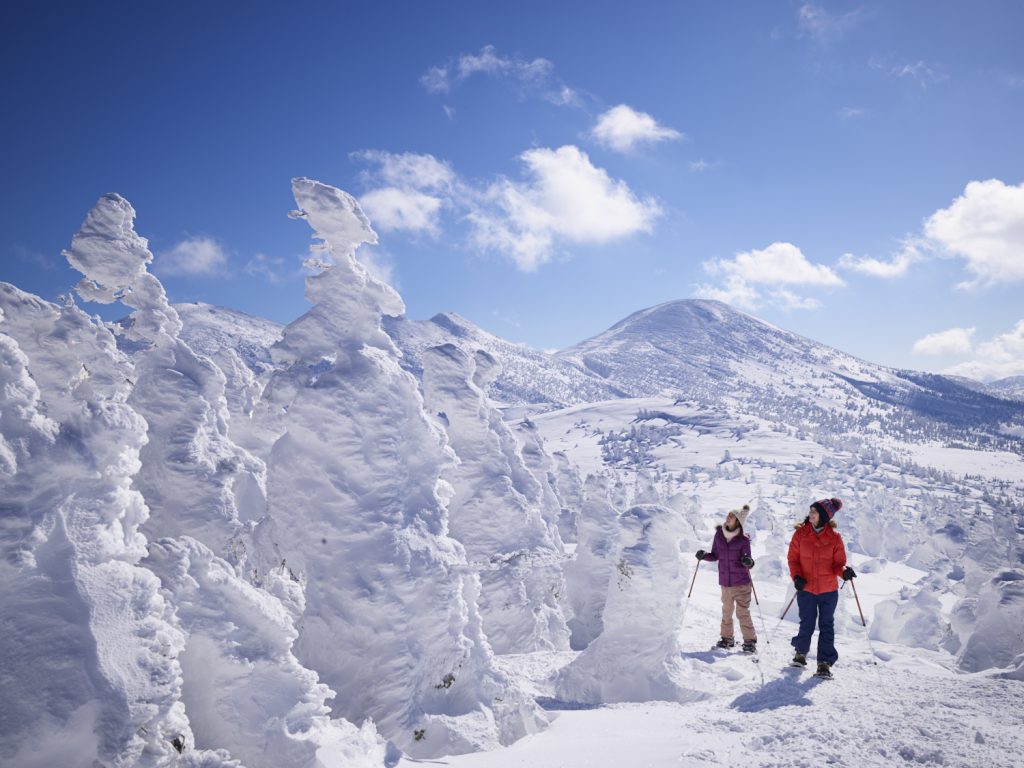
The Aomori Prefecture snow monsters are famous – trees coated in snow and ice rime that rise up above you at the top of the ropeway, unique to the peak of Mt Tamoyachidake.
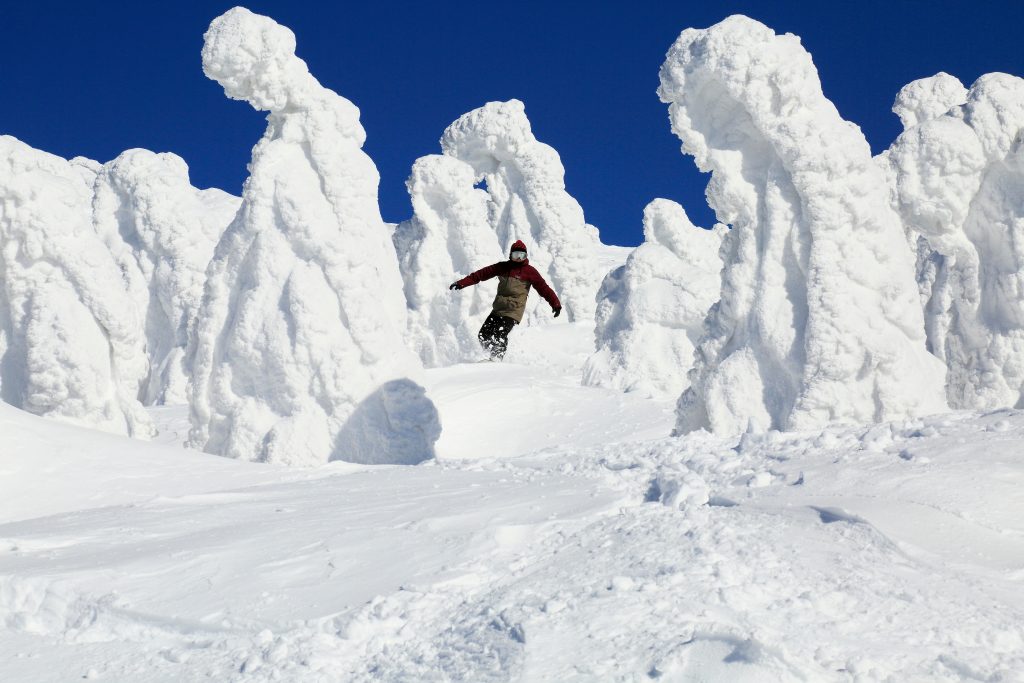
While the ski season here runs between mid-December and mid-May, the snow monsters can only be seen from January through to February. During this time, you’ll likely see tourists travelling up the ropeway with you just to see these mystical creatures, straight out of a storybook (and great for a photo op).
6. The famous onsens
- Sukayu Onsen. Photo: Supplied
- Sukayu Onsen. Photo: Supplied
There are many onsens scattered around the area, but one of the most famous is just a short drive from Hakkoda. It’s the 300-year-old Sukayu Onsen, housed in the oldest timber building in the area and yet accessible all year round.
There are three baths, including the huge ‘Senninburo’ (the bath of a thousand bathers) which is a whopping 248m2. Made of cypress, the water is said to be able to help with rheumatoid, nerve pain and asthma, to name a few. The entry is also cheap as chips, and will only set you back about $10.
You can also stay at Sukayu, with traditional Japanese-style guest rooms; or enjoy the local specialties: soba or ginger miso oden.
7. Everything else there is to see in Aomori
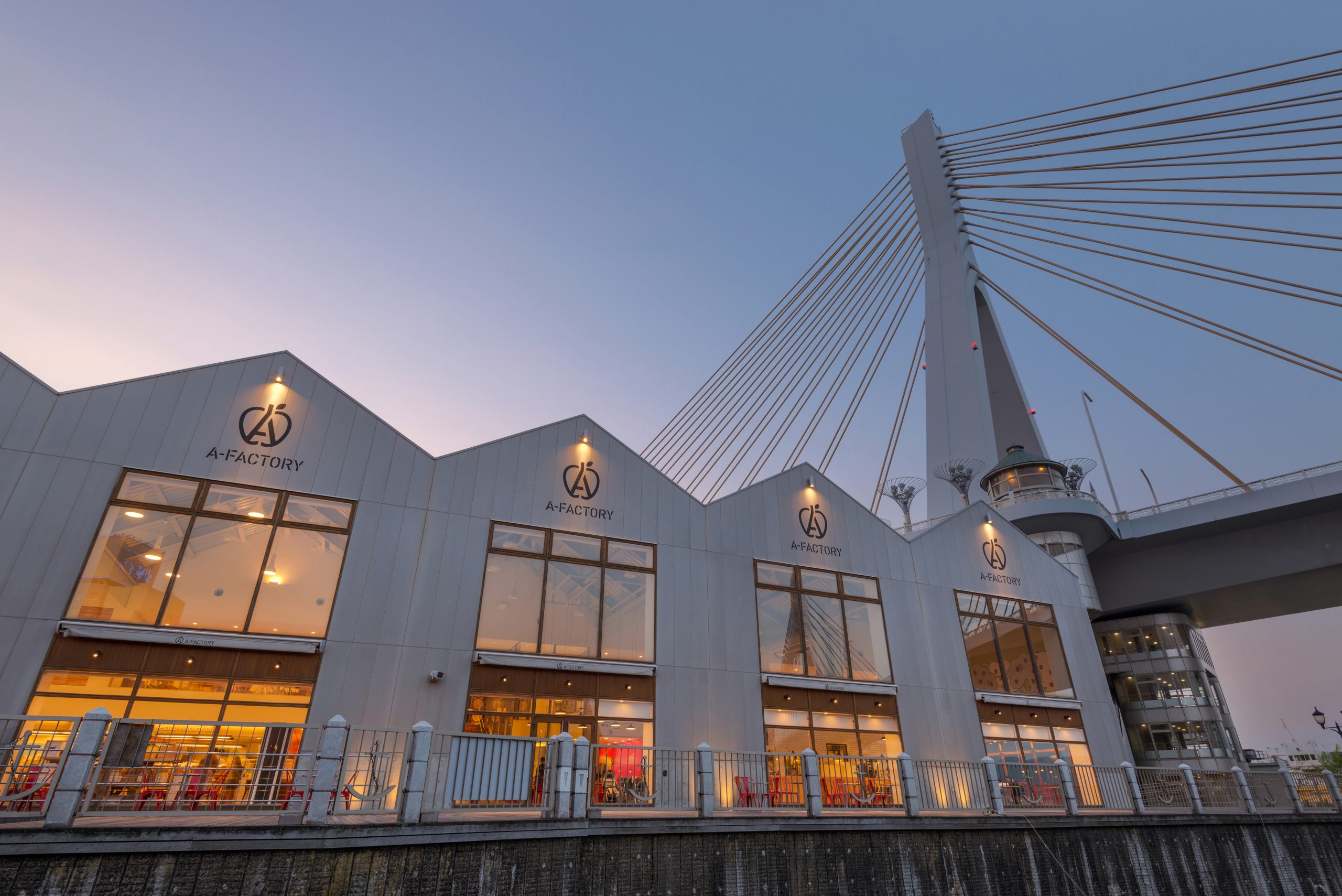
You’re only about 45 minutes by car to central Aomori city, home to plenty of must-see destinations; such as A-FACTORY, a duty-free market selling local products. Try a hamburger made with grass-fed Aomori beef, and wash it down with an apple cider produced in the factory onsite with apples from the region.
Foodies will generally be in their element; head to the Furukawa Fish Market to try one of the region’s specialties, including the famous ‘nokke don’, where you can choose pieces of the freshest seafood to put on top of your own rice bowl.
It wouldn’t be Japan without a castle or two. Alternatively, about an hour to the west of Hakkoda, you have Hirosaki Castle. It’s one of Japan’s best spots to see cherry blossoms, and timings might just coincide with your ski trip. Ski season in Hakkoda is from late November to mid-May and in Aomori, the cherry blossoms are usually at their best (or in full bloom) from late April to early May.
Ready to travel to Aomori and discover Hakkoda for yourself? Click here to find out more about Aomori, or here to explore the Hakkoda Ski Area.
